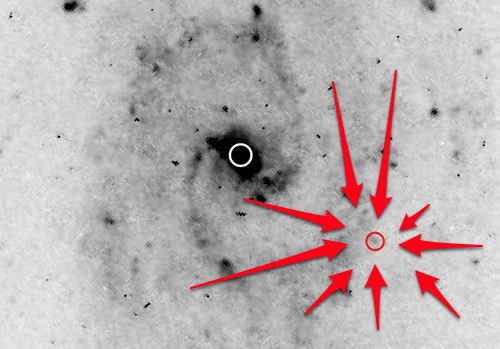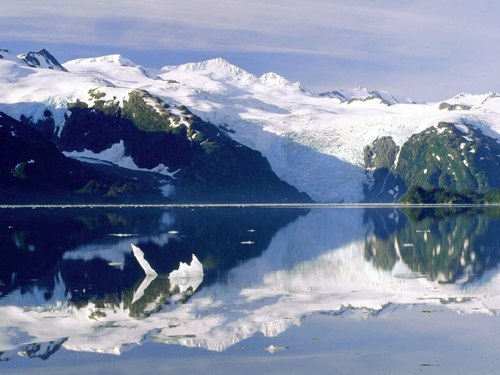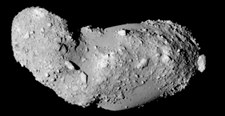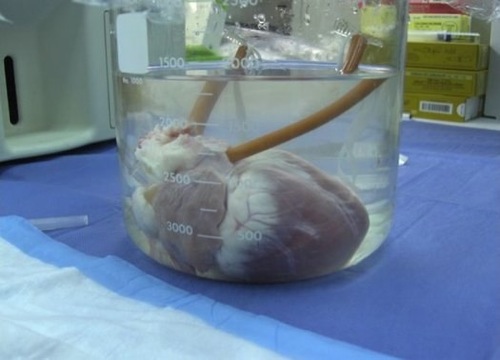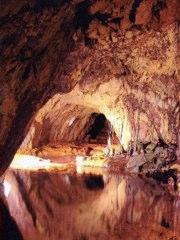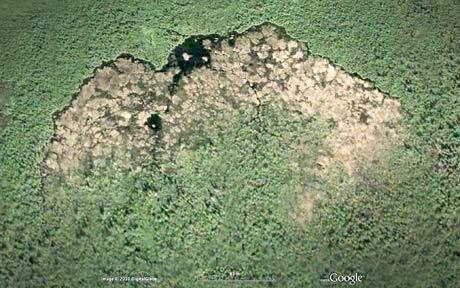Reason #99,912 Why Nikola Tesla Rules: He Knew Mobile Phones Were Coming
Monday, May 10th, 2010
From a 1909 issue of Popular Mechanics magazine.
It will soon be possible, for instance, for a business man in New York To dictate instructions and have them appear instantly in type in London or elsewhere. He will be able to call up from his desk and talk with any telephone subscriber in the world. It will only be necessary to carry an inexpensive instrument not bigger than a watch, which will enable its bearer to hear anywhere on sea or land for distances of thousands of miles. One may listen or transmit speech or song to the uttermost parts of the world.
He went on to say the that a digitally compiled “book of faces” would be the most successful way to hook up with the girl you had a crush on in high school 8 years after you graduated.
[Google Book via Boing Boing]
